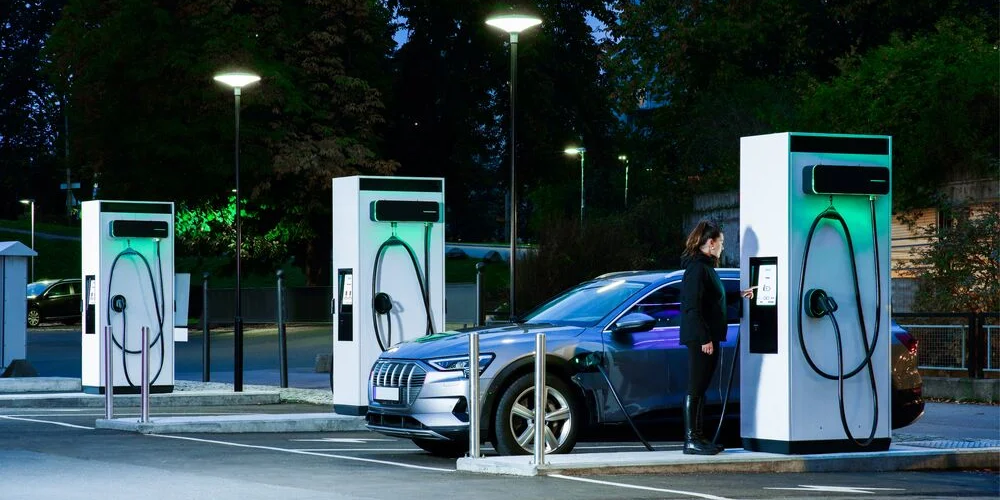The electromobility sector is confronting a dual challenge: quality versus prices, a path in which not all companies manage to find the formula for long-term survival.

“It is a very competitive market,” says Bart Massin, CEO of Stroohm, in an interview with Mobility Portal Europe.
This statement reflects an evident reality in the industry, where even leading businesses face difficulties in sustaining their operations.
Past strategic decisions and the ability to adapt to the current environment are key elements in ensuring survival.
According to Massin, many companies try to conquer the market by lowering prices or even giving away chargers to gain ground quickly.
However, this approach comes at a cost.
“After five years of applying this strategy and without being profitable, many eMobility corporations face the decision of whether to continue or not,” he explains.
This, as stated by the CEO, results in operational closures if they do not see tangible improvements or added value to justify their continuation.
The recent case of EVBox illustrates this phenomenon.
Founded in 2010, the company achieved significant milestones, such as its presence in over 70 countries and the installation of modular chargers promising quality and durability.
However, decisions such as accelerated expansion and quality issues led to million-dollar losses, according to industry experts.
“When public perception is difficult to change, it is better to stop,” emphasises Massin.
Another case mentioned by the specialist is that of Shell NewMotion.
Its fully closed hardware system proved incompatible with market needs.
Regarding this, Massin states: “If you insist on that and continue in a market with fierce competition, it becomes very complicated.”
The entry of Chinese-origin chargers adds an additional layer of complexity, especially as they often come at lower prices.
“If you have to correct past mistakes and also face competition, it becomes difficult to turn losses into profits,” asserts Stroohm’s CEO.
In this context, the strategies of some multinational companies, such as TotalEnergy, mark a change in direction.
Rather than focusing on manufacturing chargers, they are acquiring Charge Point Operators (CPOs).
“A shift towards more sustainable and selective models at the supplier and business level is taking place,” highlight industry sources consulted by Mobility Portal Europe.
Therefore, quality becomes a differentiating factor in a market that not only rewards price but also added value.
According to Stroohm’s CEO, the easier path is to lower prices rather than offering good service.
However, he maintains that “competition is really tough these days” in the eMobility infustry.
“If you made bad decisions in the past and your quality is poor, it becomes very difficult to turn that situation around,” he says.
This highlights the importance of maintaining high standards from the outset to avoid consequences such as the loss of user and customer trust.
What are the strategies for the future?
A focus on quality and adaptability may be key to navigating this market.
“Survive, grow, and occupy the space that is left empty” is the eMobility recipe mentioned by Massin.
He emphasises: “It is about strengthening that position and even seizing opportunities in the market where other companies may abandon their business.”
Solvency: A central issue in the eMobility market?
Following the announcement of EVBox’s liquidation, buyers and operators are adopting a more cautious stance.
“Customers will start to place themselves in a much more demanding position, scrutinising the product carefully,” say industry specialists.
Until now, solvency certificates were not a requirement when selecting a buyer.
However, given the possibility of making a multimillion-dollar acquisition and simultaneously observing the provider’s closure, bidders will begin to be more cautious.
This shift forces manufacturers to present not only solid products but also financially stable business models.








